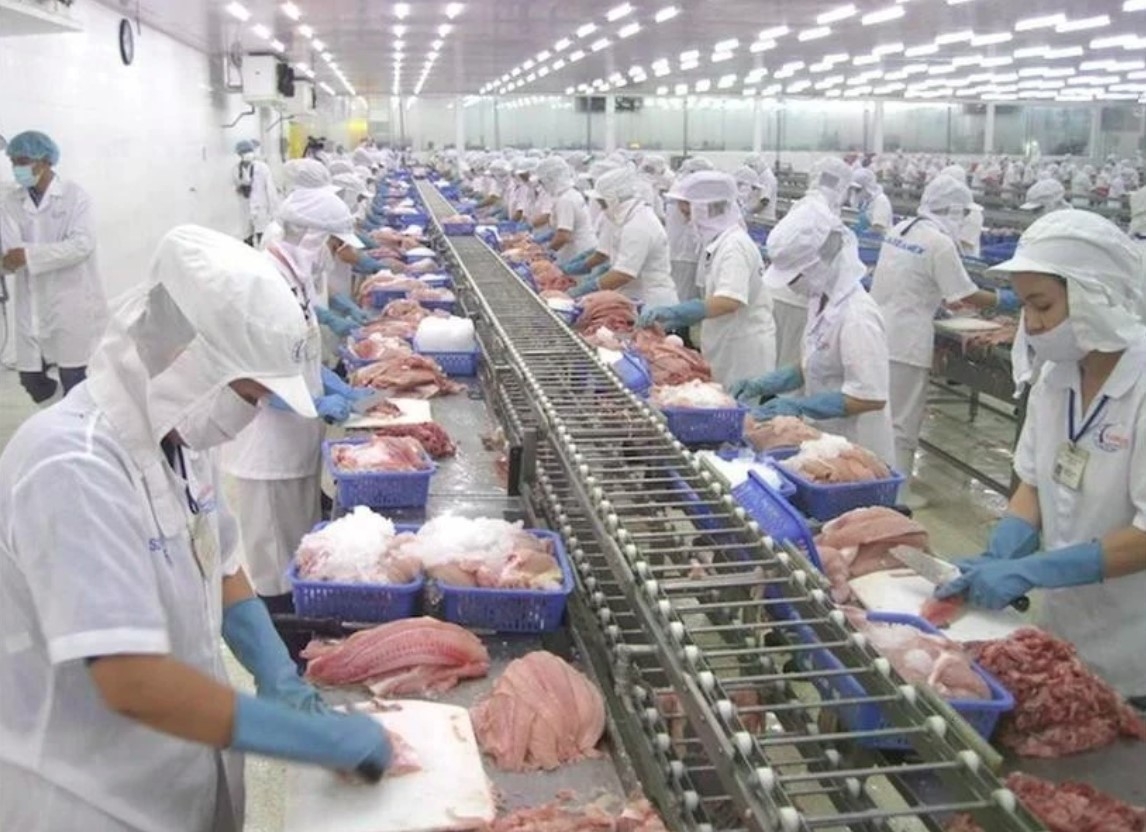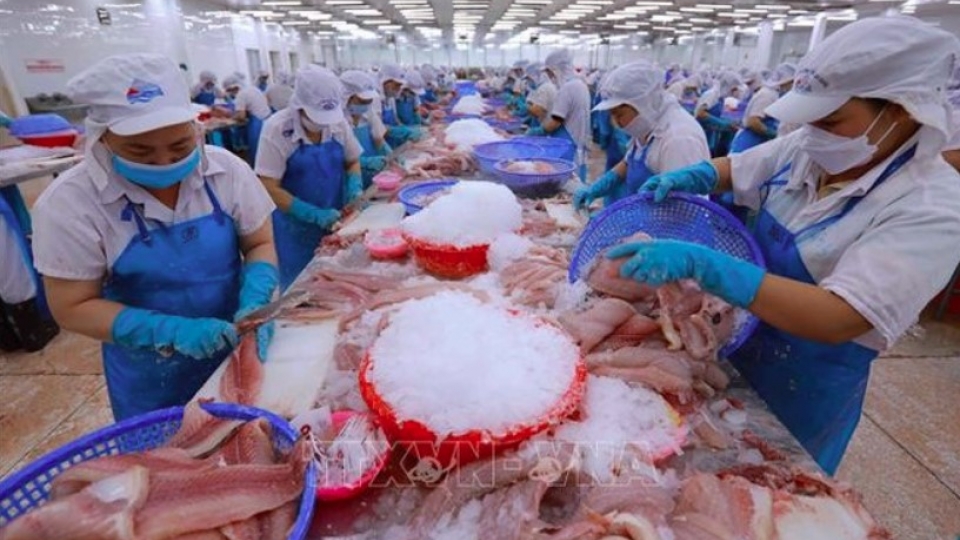Agro-forestry-fishery trade surplus approximates US$5.2 billion in four months
The agricultural, forestry and fisheries sector posted US$5.18 billion trade surplus in the first four months of 2025, a year‑on‑year drop of 4.1%, the Ministry of Agriculture and Environment (MoAE) announced on May 5.
Exports reached US$21.15 billion while imports stood at US$15.97 billion during the period, reported Tran Gia Long, Deputy Director of the ministry’s Planning and Finance Department.
In April alone, export revenue rose 5.4% to US$5.47 billion. By category, agricultural products brought home US$3.1 billion (up 11.6%), forestry products US$1.36 billion (down 6.6%), fisheries US$774 million (down 0.2%), and livestock US$50.2 million (up 20%).
Over four months, all major export groups grew to total US$21.15 billion, increasing 10.7%. That consisted of US$11.6 billion in agricultural products (up 11.7%), US$5.56 billion in forestry products (up 11.2%), US$3.09 billion in aquatic products (up 13.7%), and US$178 million in livestock products (up 16.8%).
Six commodities recorded more than US$1 billion in value, led by wood and wood products at US$5.2 billion (up 5.8%), coffee at US$3.78 billion (up 51.1%), and shrimp at US$1.24 billion (up 28.4%). By contrast, rice exports fell 14.3% to US$1.75 billion while fruit and vegetable shipments declined 14.2% to US$1.62 billion.
By region, exports to the Americas reached US$4.83 billion (up 12.6%), Europe US$3.48 billion (up 37.7%), and Africa US$648 million (up 78.4%). Shipments to Asia fell 1.3% to US$8.82 billion, and to Oceania down 2.6% to US$263 million. The US, China and Japan remain the top three markets of agro-forestry-fishery products from Vietnam.
The MoAE said it is working with the Ministry of Industry and Trade and other agencies to refine policies and roll out measures to boost trade, including drafting e‑commerce regulations and detailing rules of origin under the Foreign Trade Management Law.
It is also organising trade missions to the UK and Germany, guiding production planning, expediting shipments, and addressing food‑safety incidents, shipment warnings and technical barriers in import markets.




